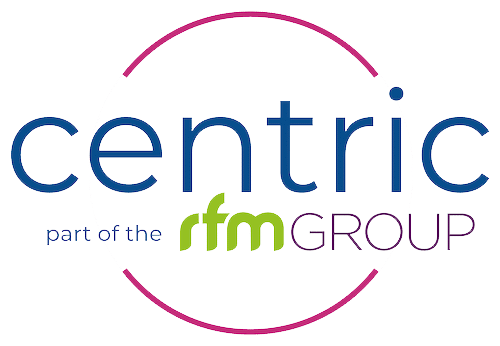When it comes to working patterns, there’s a whole new language to grasp.
Despite often being used interchangeably, the terms hybrid, flexible and agile working all mean something slightly different with regard to the expectation of not just the workforce, but what the working environment will offer as a result.
Here’s a quick guide to what each term actually means and what to look out for if you’re adopting one of these working styles.
Firstly, here’s what each term actually covers:
- Agile working is the how – focused on the environment working with the workforce
- Flexible working is the when – thinking about the working pattern and hours present
- Hybrid working is the where – concerned with location and place of work

Agile working:
An agile working strategy is centred around supporting a dynamic and creative work environment that breaks down the traditional barriers between staff and habitual ways of working. Agile can also include flexible and hybrid elements but is more about how a space looks, feels and behaves to enable the workforce to be at their best and most productive. An agile strategy works particularly well alongside a hybrid approach and often means businesses can reduce their fixed space requirements.
The most important thing when creating an agile workspace is flexibility. People should be able to move freely around the office making use of the space that works best for the task they are completing. This means thinking about the floorplan as a blank sheet of paper and utilising space in a different way to offer lots of different environments that will stimulate productivity.
Flexible working:
Flexible working is something many employees are familiar with, especially when it comes to day-to-day working hours, but it also covers a whole host of other flexible elements of how long, where, when and at what times people are expected to work. As well as creating a better work/life balance, particularly for those with caring responsibilities outside of work, flexible working also allows a better match between business resources and demand, such as being able to offer extended hours.
To support flexible working, the office space should offer multiple working environments to match the needs of people using the space. This could include traditional desk arrangements, meeting pods and private office space as well as meeting rooms with video/digital capability. Collaboration space is also important to ensure that when teams come together in person, they can make the most of this time together.
Hybrid working:
One of the most significant shifts in working style has been the move to hybrid working. This strategy allows employees to split the working week between time spent in the office and working remotely, typically from home. Hybrid working gives individuals much more flexibility over their working patterns and when coupled with flexible working, can be a powerful motivator for employee engagement.
Hybrid working is fundamentally changing the way office space is used because occupancy rates change daily. This means there can be much more flexibility with how a workspace looks and feels. Space to work individually is still important, but perhaps more significant is the need to create a blend of social and collaborative spaces that harness the potential of bringing teams together in the workplace. Technology is also key to ensuring that regardless of where people are working, they can stay connected.
At a time when businesses need to be more flexible than ever, the workplace plays a critical role in achieving this. Choosing to be more flexible in the office environment you provide gives people the chance to work at their best, which leads to better productivity, improved job satisfaction and a more adaptable and efficient approach to work.

